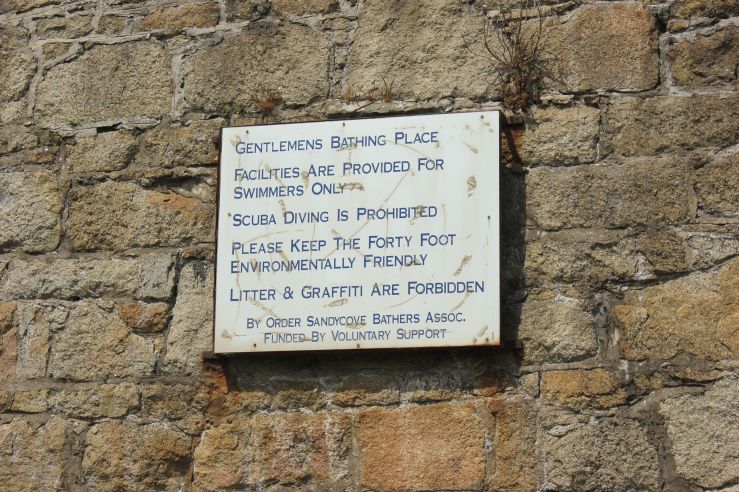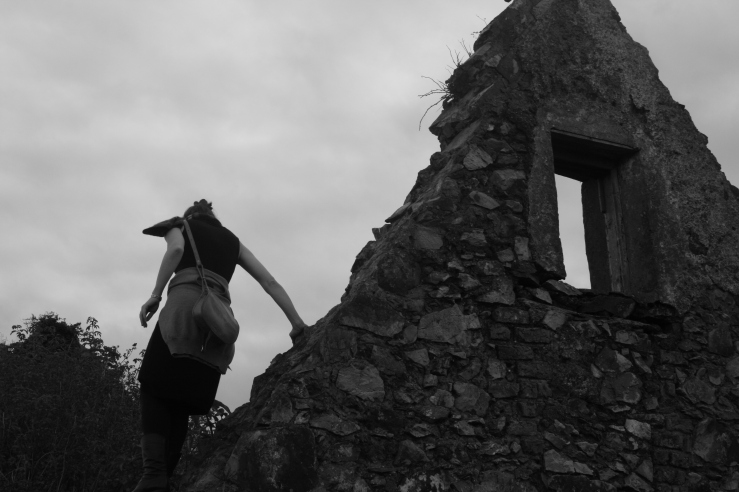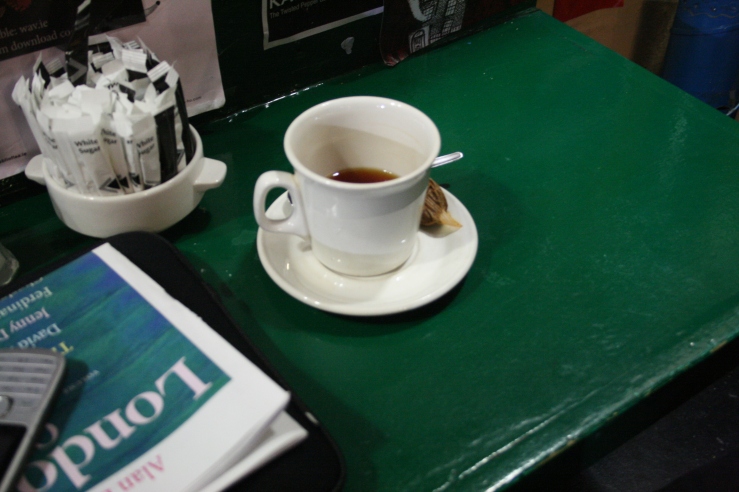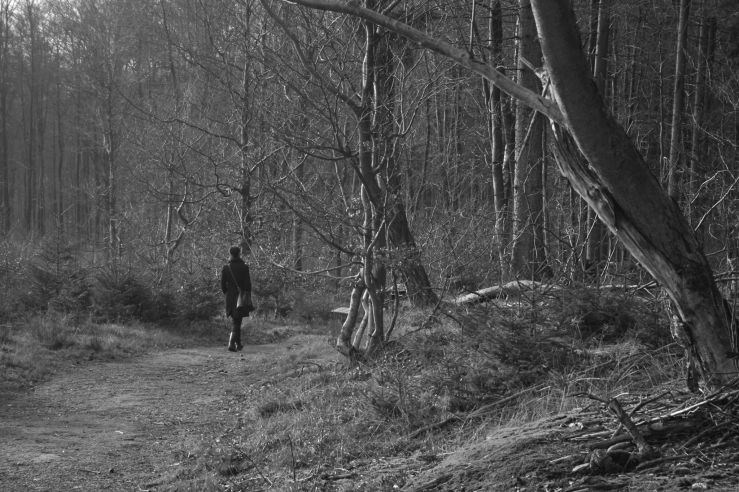
Dublin liegt am Meer. Das vergesse ich manchmal. Denn obwohl es mich auch nach drei Jahren in Aufregung versetzt, dass ich „am Meer“ wohne, fahre ich selten an die Küste. Meist reicht die Idee des Meeres: Der feuchte Wind, die Seeluft, das Möwengeschrei.
Die Realität des Meeres geht so: Baden kann man das eigentlich auch nicht nennen, eher eintauchen. Am berühmten Forty-Foot klappt das besonders gut. Die irischen Mädchen kreischen. Ein Mann kommt aus dem Wasser und sagt: Ich war nur eine Minute drin, aber meine Finger sind komplett taub. Profis gehen mit Strümpfen ins Wasser. „Skrotumzusammenziehend“, schreibt Joyce über die Wassertemperatur. Ich denke: So viel kälter als die Ostsee kann das ja nicht sein. Ja, kann es. Ein paar Meter neben dem „Nicht Springen“-Schild springt eine Horde Jungs ins Wasser. Außer einer, der hat Angst. „Tue es, tue es!!!“, feuern die Anderen ihn an. Zwei kleine Mädchen springen Hand in Hand vor ihm ins Wasser. Jetzt muss er auch. Alles klatscht Beifall.
Ich tauche ein und unter. Niemand klatscht für mich. Das Wasser ist eiskalt.
…………………………………………………………………………………………………………………
Dublin is by the sea. Often I forget about that. And although I still get excited by the fact that I live in a city by the sea, I rarely visit the coast. Mostly the idea of the sea is enough: the humidity, the salt in the air, cries of seagulls.
The reality of the sea goes like this: One cannot call it “going swimming”, it’s more a “getting into the water” (and out again). At the famous Forty-Foot this works especially well. The Irish girls are screeching. A man comes out of the water and says to his friend: I was in the water just for one minute, but I can’t feel my fingers anymore. Professionals wear socks in the water. “Scrotumtightening”, writes Joyce about the water temperature. It can’t be that much colder than the Baltic Sea, I think. Yes, it can. A few meters away from the “NO JUMPING!”-sign a crowd of teenage boys is jumping into the water from a small cliff. Except one, he is afraid. “Do it, do it!!, the others are yelling. Two little girls jump hand in hand in front of him. Now there is no way back. He jumps. Everyone is clapping.
I get into the water. Nobody is clapping. The water is freezing cold.





